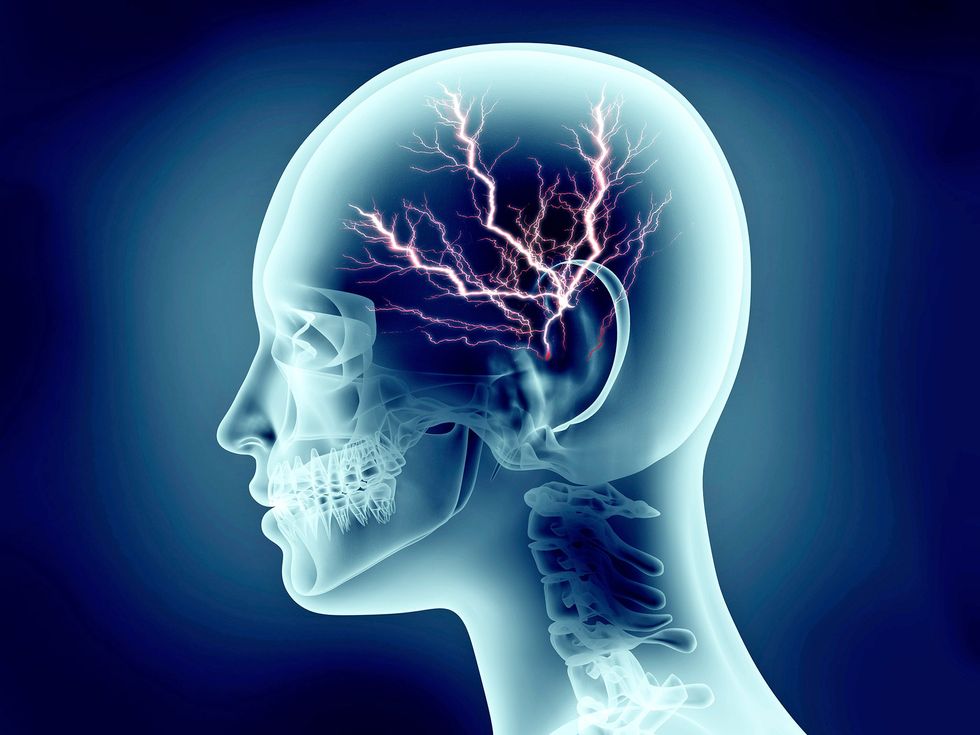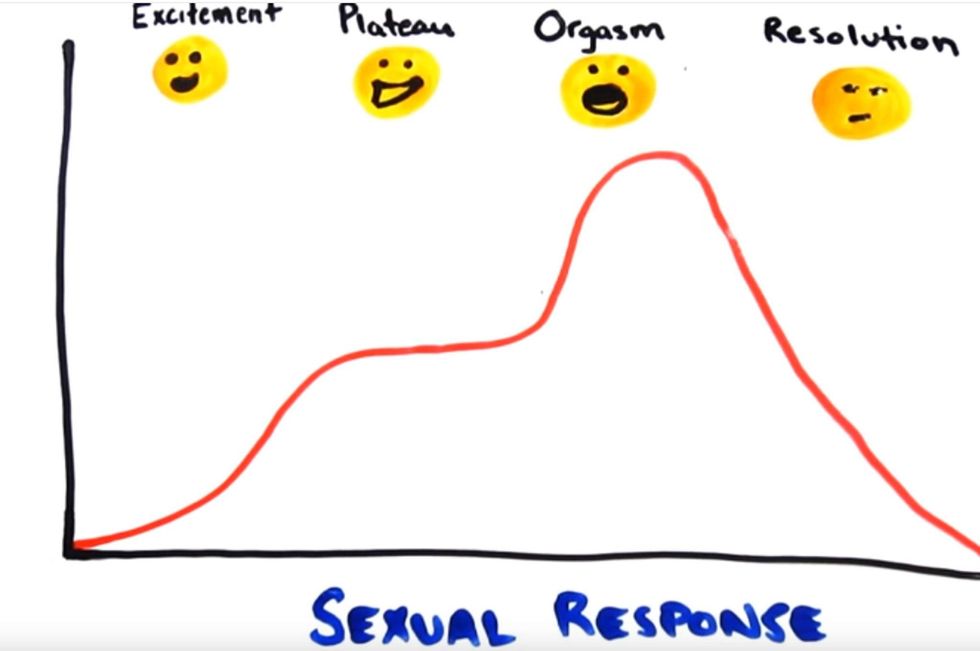News
Indy100 Staff
Oct 18, 2016

Earlier in 2016 scientists claimed to have finally “solved” the mystery of why women experience sexual pleasure.
Plenty of research is being conducted into the science of sex, including the orgasm, but there are equally plenty of people who still don’t know enough about how their own bodies work before, during and after.
ASAP Science tackled this in 2012 by putting together a video on The Science of Orgasms: “Everything you wanted to know about orgasms, but were too afraid to ask."
Here are 8 things you probably didn’t know you needed to know about orgasms:
1) The body’s stage of sexual response approaching orgasm is typically broken down into four stages: Excitement, plateau of arousal, orgasm and resolution.
2) During orgasm, men experience rapid contractions of the anal sphincter, the prostate gland, and the muscles in their penis.
3) A typical male orgasm will last for around 3-10 seconds
4) Women can experience multiple consecutive orgasms, which last for around 10 seconds, but can also last for much longer
5) During orgasm, the brain is flooded with dopamine, which makes you crave the feeling again.

6) Brain activity during an orgasm is the very similar between men and women: the lateral orbitofrontal cortex – responsible for self-evaluation, reason and control, is ‘turned off’ for both. This shuts down fear and anxiety.
7) The relaxation of the amygdala and hippocampus in women reduces emotions, inducing a “trance-like” state. In men it reduces aggressiveness.
8) Orgasms release oxytocin – the hormone that mediates bonding and love between mates
That's by no means everything you need to know, but hopefully you'll feel a bit more clued up about how orgasms work.
Top 100
The Conversation (0)














